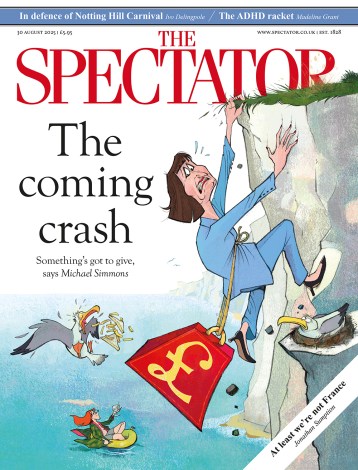The Voltaire of St Aldates
Ah Oxford! Welcome to the City of Dreadful Spite, otherwise known as Malice Springs, the permanent Number One on the Bitch List. Not since the vituperative pamphleteers of the English Civil War has there been a community so dedicated to character assassination as the dons of Oxford. Living on the same staircase, dining side by side, night after night, term after term, dries up the milk of human kindness. Here is Hugh Trevor-Roper, Regius Professor of Modern History for 23 years, describing C.S. Lewis, a Fellow of Magdalen College for nearly 30: Envisage (if you can) a man who combines the face and figure of a hog-reeve or earth-stopper with
